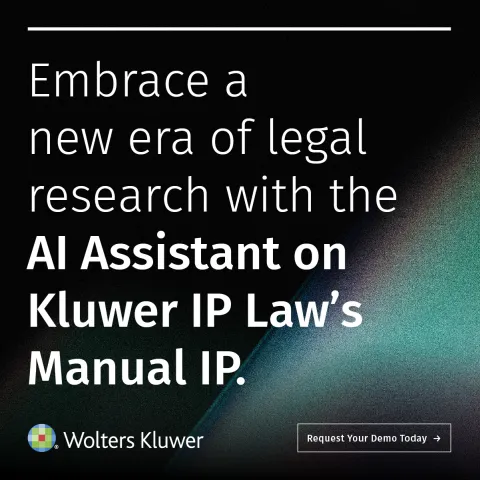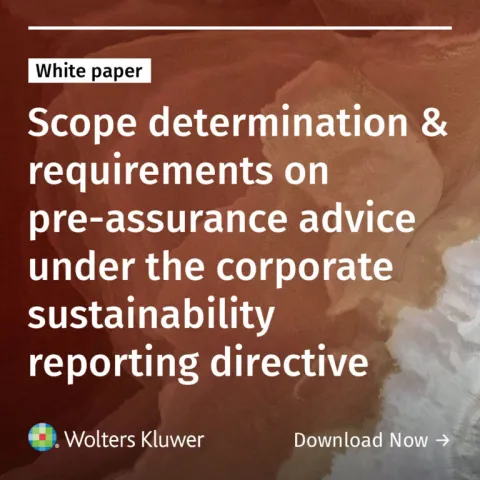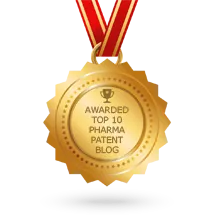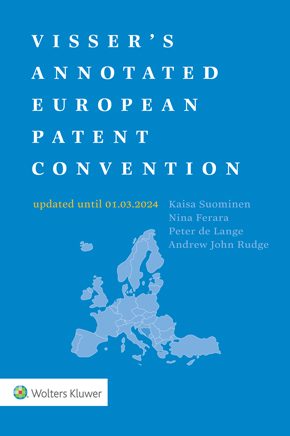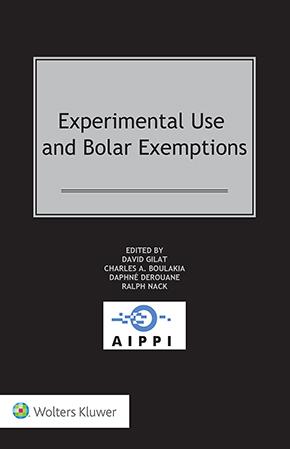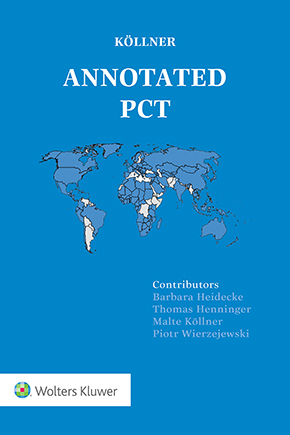Compulsory Licenses on Patent Applications: An Idea Making Its Way
October 28, 2025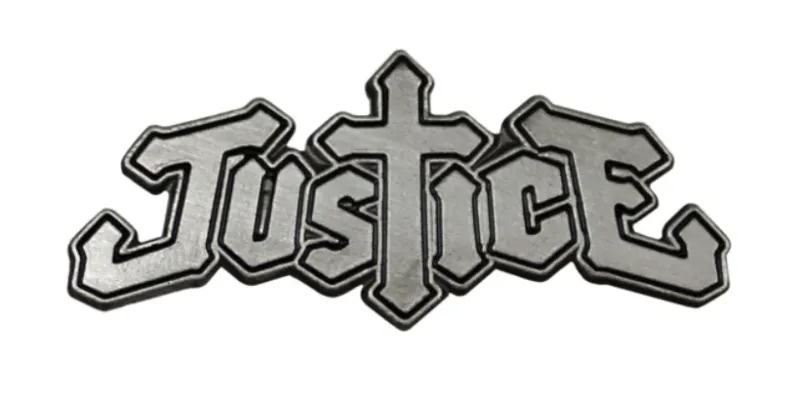
At the AIPPI, irony sometimes writes itself. In 2020, when the Association launched its essay competition, I submitted a paper on compulsory licenses and legitimacy — optimistically entitled “COVID-19: Hope for a New World of IP?” (a title that, in retrospect, may have sounded too prophetic for comfort). It did not make the top three — perhaps the jury preferred texts that were easier to read, or to publish on the AIPPI website. It all reminded me of Dr. Strangelove: institutions often prefer to keep smiling while sitting on the bomb. Five years later, at the Yokohama World Congress, the same theme resurfaced — notably with the question of patent applications at the very center of the debate, as if the system had finally realized where the tension really lay.
Every crisis reawakens the same anxiety: that patent law will again be seen as excessive, unjustified, or indifferent to collective needs. It happened with chemistry in the early twentieth century, with software at its end, and again during the COVID-19 pandemic. Anticipating that the system would, as always in times of crisis, come under attack, I chose to address the question head-on. Early 2020, I developed the subject of compulsory licensing precisely because I sensed that the patent system would soon be challenged — as it always is — and that the only way to preserve its legitimacy was to provide it with workable, lawful tools of self-correction (see notably here and here). The risk, as I saw it, was precisely the radical challenge that later emerged during the crisis itself in the form of the patent waiver — a proposal that, in substance, amounted to expropriation. However, in my opinion, the real task was to make compulsory-licensing regimes effective by adapting their scope and procedure — including, above all, extending them to published patent applications capable of enforcement, so that the system could respond proportionally to urgent needs without losing its coherence.
During the pandemic, public debate quickly polarised. On one side, some called for “patent waivers”, presenting them as a moral necessity — though in reality they meant suspending the legal order, and therefore, in substance, expropriation. On the other, others clung to exclusivity as if it were an untouchable principle, immune to context or proportion. Both positions were misguided. One confused urgency with lawlessness; the other confused law with privilege. From the outset, I defended a middle path: the law should not abdicate itself, but rather use its own mechanisms with reason. The framework of compulsory licensing provided by TRIPS already offers such a tool — exceptional, but legitimate. The real difficulty was never the lack of legal means, but the lack of courage, and perhaps imagination, to apply them intelligently and in time.
Five years later, at the AIPPI World Congress in Yokohama, the debate had shifted. The question of compulsory licenses on enforceable patent applications was no longer marginal; it had become one of the central points of discussion. The issue was vigorously debated, and the French Group defended — brilliantly, I must add — the proposal to extend compulsory licenses to published applications capable of enforcement. The Executive Committee ultimately adopted Resolution Q293, which reaffirmed the exceptional and TRIPS-bound nature of compulsory licensing, limited to overriding public interests and subject to conditions of necessity, proportionality, and fair compensation. The specific idea of extending the mechanism to patent applications was not retained, but it was seriously discussed for the first time — and that, in itself, marked a shift. What had once seemed premature had become legitimate to debate. Sometimes, that is how ideas begin to take root.
Recognizing the possibility of a compulsory license on a published, enforceable application is not an erosion of the patent right but the logical completion of its legal structure. Theoretically, the patent right is born at the time of filing — imperfect, provisional, yet already endowed with substance. One frequent objection is that, at this stage, there is “no patent”, and therefore “no right”. That is legally inaccurate. From the moment of filing, the applicant already holds a title that, in some jurisdictions, can even be enforced through injunctions. If the law accepts that such a right can be used against third parties, it must also accept that it can, in exceptional cases, be limited in the public interest. Moreover, even in the unlikely event that the application does not ultimately lead to the grant of a patent — because, for example, the invention is later deemed unpatentable — it is difficult to see what harm a compulsory license could have caused. No one is deprived of property that never existed; at worst, the licensee might have paid royalties unduly — a problem easily remedied. The coherence of the system therefore demands that rights and remedies evolve together, in both directions.
More profoundly, the way patentees understand the system itself is essential. It is time to abandon the illusion that a right — any right — is absolute. All property rights, patents included, are relative, and their exercise cannot be abusive. Accepting this reality does not diminish ownership; it ennobles it. A right used with discernment becomes stronger precisely because it is less vulnerable to challenge. The growing practice of patent pledges illustrates this shift: voluntary restraint reinforces legitimacy.
Each crisis, after all, is not merely a test of law but a test of understanding. The question is not whether patent law can resist the storm, but whether it can learn from it. Thus, the more patentees understand that their right is not absolute but relative, the more legitimate — and paradoxically, the stronger — that right becomes. A system that recognises its own limits ceases to appear fragile; it becomes credible. The more the holders of rights internalise this truth, the less the system will need to defend itself.
You may also like




